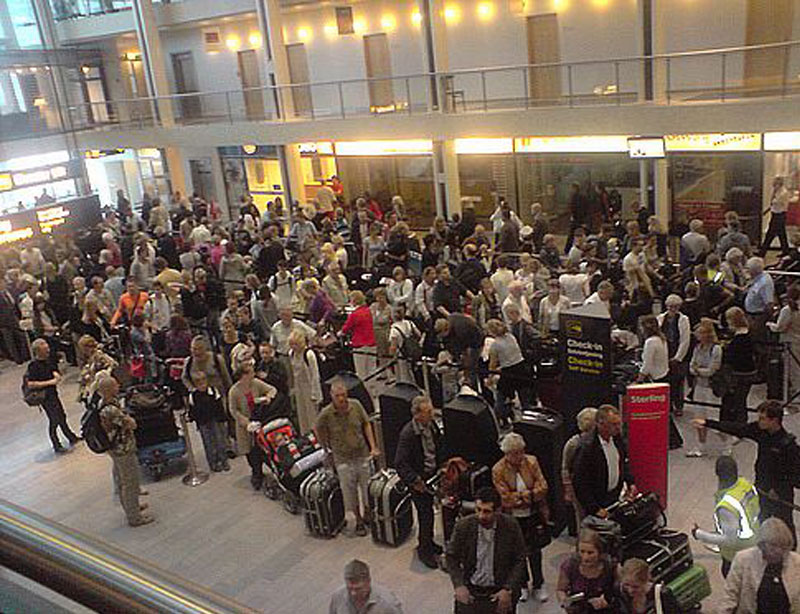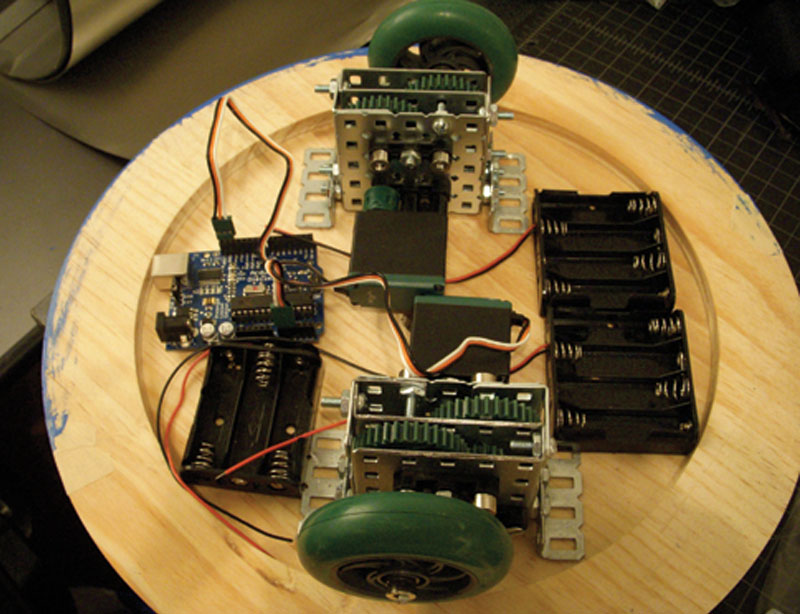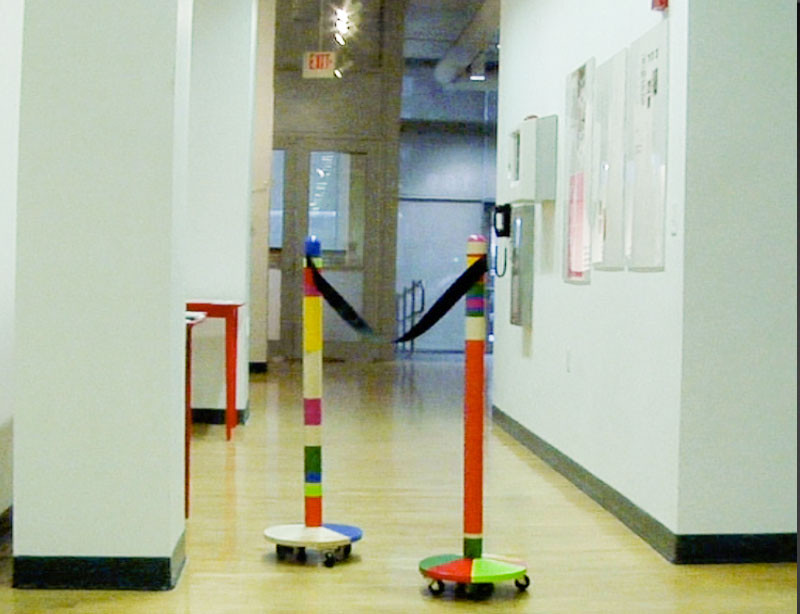



“Waiting is a form of imprisonment. One is doing time-but why? One is being punished not for an offense of one’s own but for the inefficiencies of those who impose the wait. Hence the peculiar rage
Richard C. Larson, Perspectives on Queues: Social Justice and the Psychology of Queueing
that waits engender, the sense of injustice.
Aside from boredom and physical discomfort, the subtler misery of waiting is the knowledge that one’s most precious resource, time,
a fraction of one’s life, is being stolen away, irrecoverably lost.
… Waiting can seem an interval of non-being, the black space between events and the outcomes of desires. It makes time maddeningly elastic, it has a way of seeming to compact eternity into a few hours (Morrow 1984).
Retractable crowd barriers are objects of daily use that represent institutional order. Flowing through them has become such an unquestionable behavior, so natural, that ignited my attention to an inquiry into their form and function. Order, “emptiness” of (productive) time and the aim of in line waiting became an opportunity for disruption, playfulness and movement.
The mechanical behavior of the Mexican Crowd Barriers seems random although they both share the same code to synchronize them fully more technical modifications are required. Nevertheless what successfully seems to be happening is an asynchronous ballet of two drunken forces: an “estira y afloje” (stretching and releasing) between two objects that are supposed to be static, strict and ordered.
The lack of strict guidelines in places like Mexico can allow for corruption but it also generates the fiery and colorful sparkle of creativity that defines us as a nation. What began as an examination into interpretations of order shifted to a keen interest on particular behaviors of a nation in a global setting. Order in the end, is based on degrees of cultural anality.
Boston Cyberarts Festival 2009
CyberArtCentral. Boston, MA